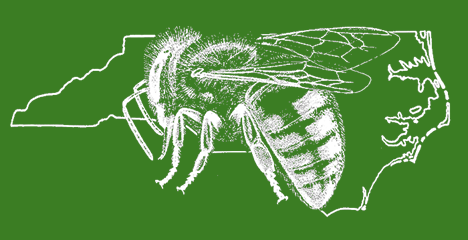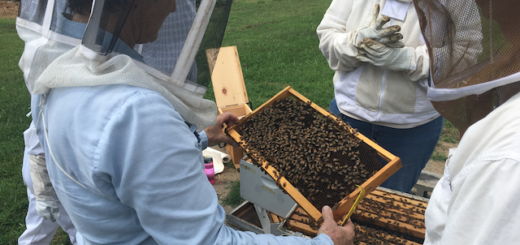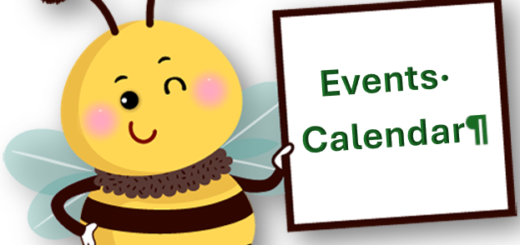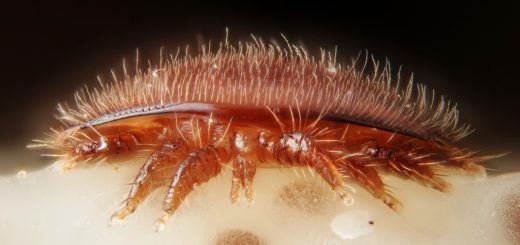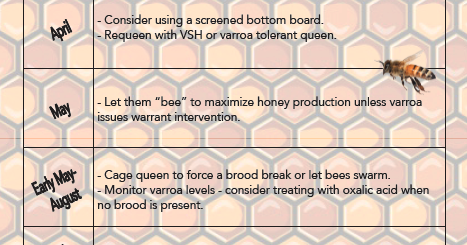What is the biggest threat to honey bees?
There has been a lot of discussion in the news about the threat to honey bees and other pollinators in recent years. What exactly are the threats to pollinators, and how real are they? This list is not comprehensive, but these are the top issues that are presented at most meetings currently.
- Varroa mite (pictured below): This is public enemy number one for honey bees. This mite is originally from Asia and arrived in the US in the late 1980’s. Varroa mites feed off of the honey bee fat body, similar to the human liver, and transmit diseases if left unchecked. This is the biggest threat to honey bees currently.
- Pesticides and other chemicals: Pesticides are problematic when used incorrectly, and they have been the focus of news reports the past several years. The bigger problem with agriculture or home use pesticides and chemicals is that they are stored in the beeswax and can affect future generations of honey bees.
- Loss of habitat: Honey bees and other pollinators are losing habitat for various reasons, and while the loss of honey bee colonies is very public, the loss of native pollinators is a much larger and more serious issue. You can help by planting a pollinator garden that attracts a wide variety of native pollinators. Click here for more information.
- Monoculture food source: Pollinating contracts are the biggest source of income for commercial beekeepers. Honey bees are shipped around the country for almond, sunflower, canola, grapes, apples, watermelons, avocados, and more. The limitation of varying pollen sources can be hard on honey bees, the same as if humans ate only french fries for a month, then chicken the next month, and so on. Honey bees require a balanced diet, the same as humans, and they can get stressed when pollinating single sources.
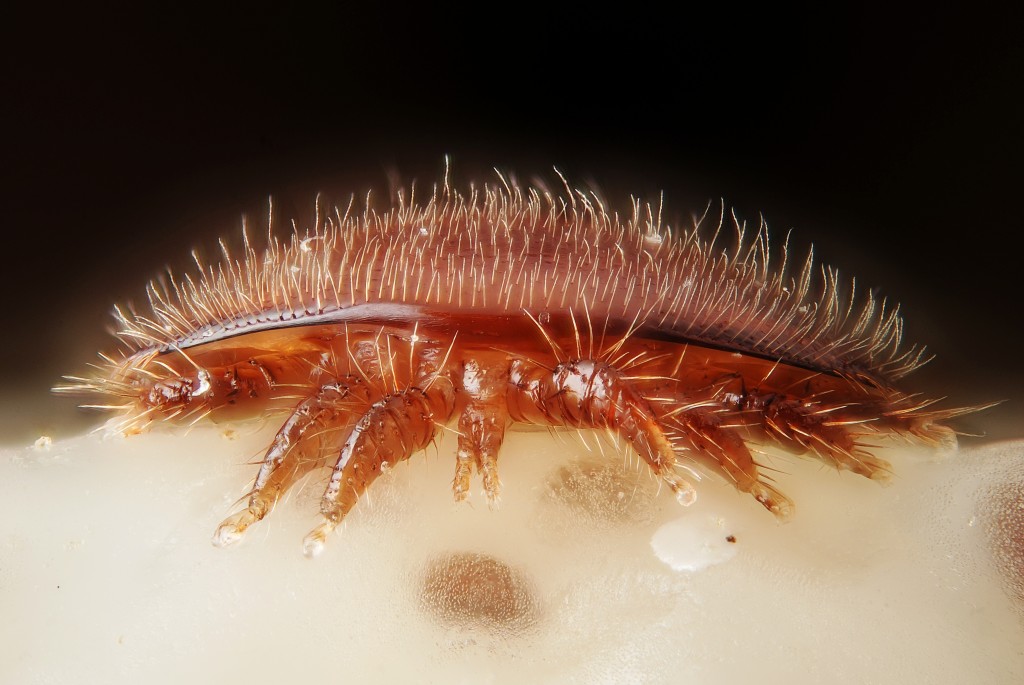
Gilles San Martin

